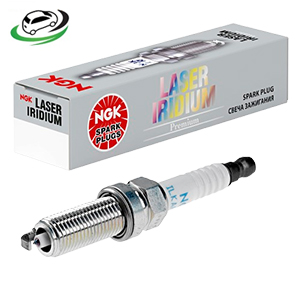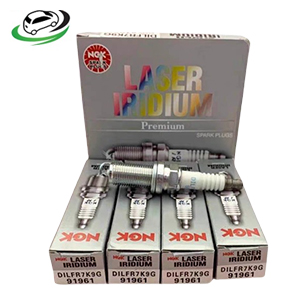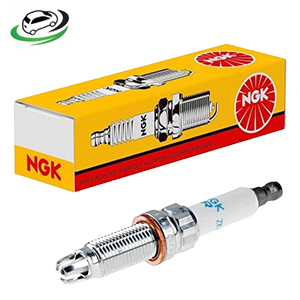Get NGK ZKBR7A-HTU Spark Plugs BMW1, 2, 3, 5 Series N43 Engine, Mini
Spark plugs are vital components in internal combustion engines, responsible for igniting the air-fuel mixture inside the cylinders. This ignition process is crucial for the engine’s power generation and overall performance. Here’s a detailed look at spark plugs, including their function, types, maintenance, and selection criteria.
Function of Spark Plugs
- Ignition: Spark plugs produce an electrical spark that ignites the air-fuel mixture in the combustion chamber.
- Combustion: This controlled explosion drives the piston, which in turn powers the engine.
- Continuous Cycle: The spark plug repeats this process multiple times per second as the engine runs.
Importance of Spark Plugs
- Engine Performance: Well-functioning spark plugs ensure smooth operation and optimal power.
- Fuel Efficiency: Efficient combustion leads to better fuel economy.
- Emissions: Proper ignition helps reduce harmful emissions by ensuring complete combustion.
Types of Spark Plugs
- Copper Spark Plugs:
- Characteristics: Feature a solid copper core with a nickel alloy coating.
- Pros: Excellent conductivity and affordability.
- Cons: Shorter lifespan, requiring more frequent replacements.
- Platinum Spark Plugs:
- Characteristics: Have a platinum disc welded to the center electrode.
- Pros: Longer lifespan than copper plugs and better fuel efficiency.
- Cons: More expensive than copper plugs.
- Double Platinum Spark Plugs:
- Characteristics: Platinum discs on both the center and ground electrodes.
- Pros: Enhanced durability and performance.
- Cons: Higher cost.
- Iridium Spark Plugs:
- Characteristics: Feature an iridium tip on the center electrode.
- Pros: Superior performance and longevity due to the high melting point of iridium.
- Cons: Most expensive among common spark plugs.
- Iridium Platinum Spark Plugs:
- Characteristics: Combine an iridium tip on the center electrode with a platinum tip on the ground electrode.
- Pros: Best of both worlds with exceptional durability, performance, and efficiency.
- Cons: Premium cost.
Maintenance and Replacement
- Inspection: Regularly check for signs of wear, carbon buildup, and proper gap.
- Replacement Interval: Follow the vehicle manufacturer’s guidelines, which can range from 20,000 to 100,000 miles based on the type of spark plug.
- Symptoms of Worn Spark Plugs:
- Difficulty starting the engine.
- Rough idling or engine misfires.
- Decreased fuel efficiency.
- Poor acceleration.
Choosing the Right Spark Plugs
- Manufacturer’s Recommendation: Always start with the vehicle manufacturer’s specified spark plug type and model.
- Heat Range: Select the correct heat range for your engine to prevent fouling (if too cold) or pre-ignition (if too hot).
- Gap Setting: Ensure the spark plug gap is set to the manufacturer’s specifications for optimal performance.
Follow us on Facebook for more parts.



